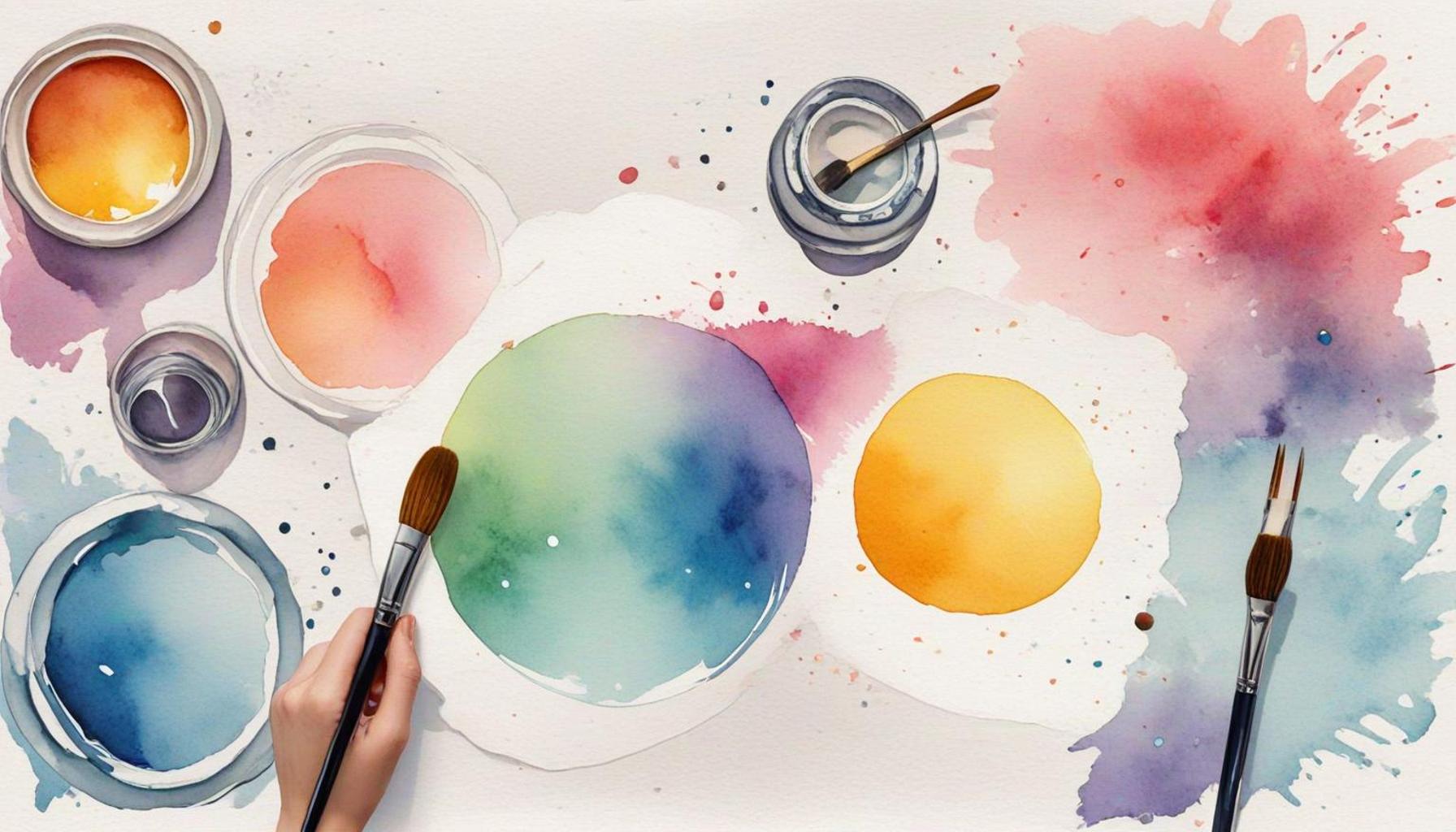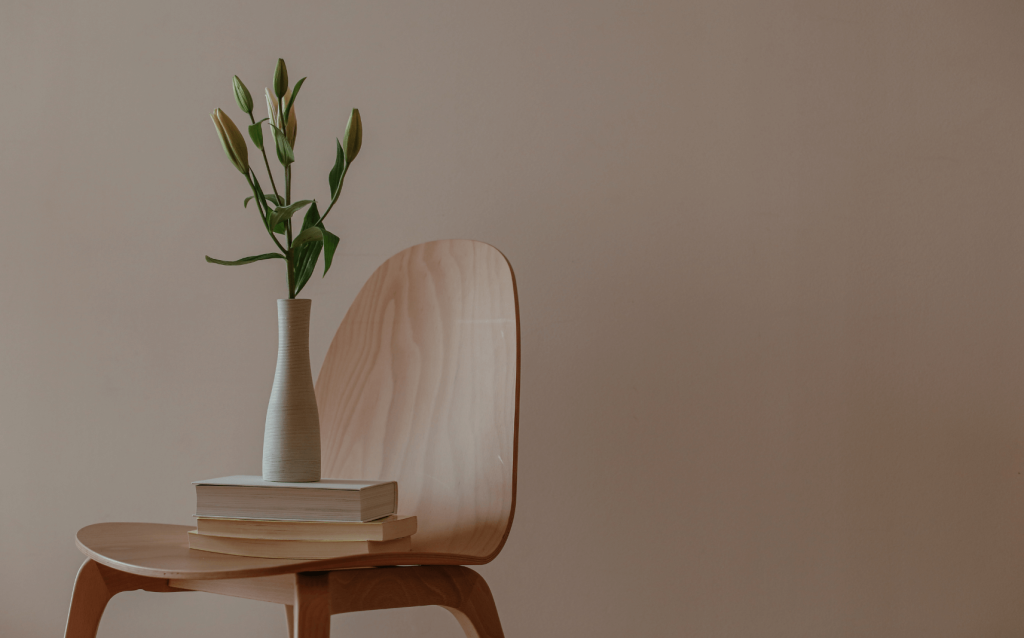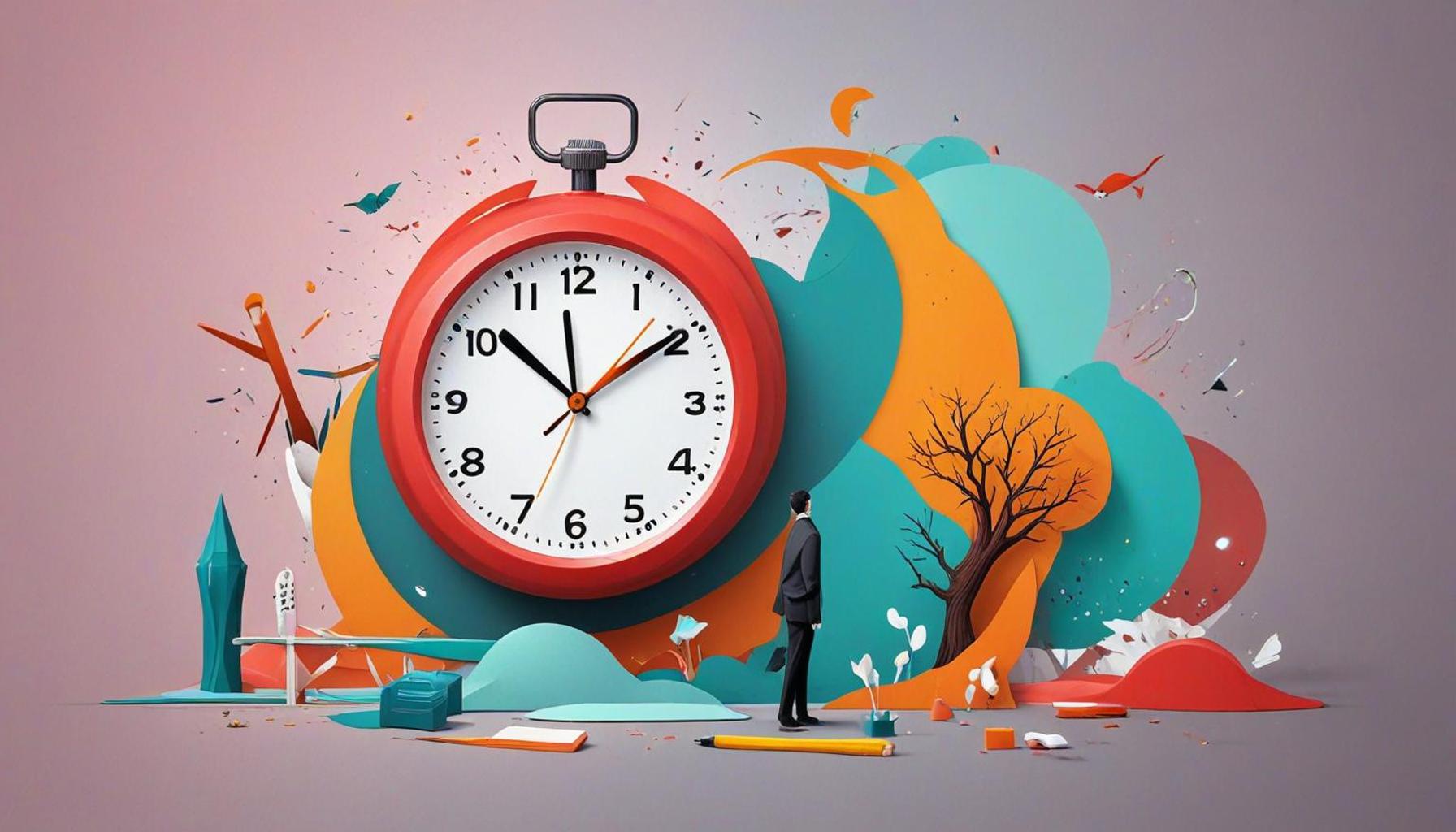The Art of Intentional Living: How Minimalism Can Transform Your Daily Routine

Discover the Impact of Minimalism
In a world overwhelmed by choices and distractions, intentional living emerges as a guiding principle. It invites you to strip away the unnecessary and focus on what truly matters, shifting the way you approach your daily routine. Through the lens of minimalism, lives can be transformed, resulting in greater clarity and peace. With the continuous influx of information and material goods, many individuals find themselves yearning for a more meaningful existence. Minimalism offers a path to rediscover what holds significance, allowing for a life that aligns with personal values and aspirations.
What is Minimalism?
Minimalism is more than just a design aesthetic; it’s a lifestyle choice that encourages simplicity. At its core, it emphasizes making deliberate choices about what enters your life. Here are some key aspects:
- Decluttering: This is often the first step in the minimalist journey, involving the reduction of physical possessions to create space both in the environment and mind. Consider the typical American household, where studies suggest that the average person may own over 300,000 items. By systematically removing items that no longer serve a purpose, you create an inviting and less chaotic living space.
- Mindfulness: Minimalism encourages individuals to cultivate awareness of their values and activities. This involves assessing how much attention and energy you allocate to various aspects of your life. For instance, instead of mindlessly scrolling through social media, you might instead choose to engage in a hobby that genuinely interests you or connect with loved ones.
- Focus: In a world filled with distractions, minimalism aids in prioritizing what truly enriches your life. Whether it’s pursuing a passion, developing skills, or nurturing relationships, minimalism allows you to concentrate on these aspirations without the noise of unnecessary obligations.
Why Embrace Intentional Living?
By adopting an intentional lifestyle, individuals can experience profound changes, enhancing the quality of their lives:
- Enhanced well-being: Less clutter leads to a clearer mind and improved mental health. Research shows that environments cluttered with physical items can contribute to stress and anxiety levels. Minimalism promotes tranquility, fostering a sense of peace.
- Time management: Streamlined routines create more time for meaningful experiences. When you let go of time-consuming distractions, you gain precious hours that can be spent on quality relationships or personal development. For example, dedicating time to reading, exercising, or learning a new skill instead of managing excess belongings can be transformative.
- Financial freedom: Spending less on material goods opens up resources for what matters most. The minimalist mindset tends to emphasize quality over quantity, which can lead to a more intentional approach to spending. Rather than purchasing unnecessary items, individuals can invest in experiences such as travel or education, providing lasting value.
As you delve deeper into the art of intentional living, you’ll uncover actionable steps that could drastically reshape your everyday life. From hosting a decluttering event in your community to reducing screen time, the possibilities are boundless. Discover the potential of minimalism and unlock a new way of being, tailored to your personal journey. This enriching lifestyle encourages self-reflection and invites you to discover not just what you want, but who you truly are. Embracing minimalism might very well be the key to a life filled with purpose and fulfillment.
LEARN MORE: Click here to enhance your time management skills

The Foundations of Minimalism in Daily Life
Embracing a minimalist lifestyle is more than just decluttering one’s home; it is about cultivating a profound shift in the way you interact with your environment and time. The art of intentional living begins with a conscious decision to make choices that enhance your life rather than complicate it. By focusing on the essentials, you not only create space in your surroundings but also free up mental energy that can be better spent on pursuits that truly resonate with you.
Understanding Your Values
To embark on the journey of minimalism, the first step is understanding your personal values. This self-reflection allows you to recognize what truly matters in your life. Here are a few guiding questions to contemplate:
- What activities bring you joy? Identifying hobbies or practices that uplift your spirit can lead you to prioritize them over less fulfilling tasks.
- Which relationships nurture you? Focus on cultivating deeper connections with individuals who inspire and support you, rather than spreading yourself thin across numerous acquaintances.
- How do you want to spend your time? Envisioning your ideal daily routine can thrust you toward eliminating time-wasting habits that detract from your overall happiness.
By pinpointing your values, you create a roadmap that guides your decisions and actions. This is a pivotal step in intentional living and allows minimalism to impact not just your physical space but your overall life satisfaction. Modern psychologists emphasize that aligning your life with your core values can reduce anxiety and increase motivation. As simplicity becomes the norm, the chaos of life starts to fade into the background.
Setting Boundaries with Your Time
Intentional living through minimalism requires you to assess how you invest your time. In an age characterized by constant notifications and relentless social media engagements, setting boundaries becomes crucial. Consider these strategies to safeguard your time:
- Limit screen time: Designate tech-free zones or hours in your day, allowing yourself the freedom to engage in offline activities that align with your interests.
- Establish ‘no’ zones: Practice the art of saying no to commitments and obligations that do not resonate with your prioritized values, freeing up your schedule for more significant engagements.
- Design a focused daily routine: Start your day with intention by outlining a clear, manageable schedule that includes essential tasks along with activities that inspire you.
Implementing these tactics opens the door to a more streamlined existence, where the minutiae of daily life no longer cloud your vision. Instead, you create an environment that fosters productivity and encourages a stronger sense of well-being.
As the minimalist philosophy unfolds, the transformation in both mindset and daily routine becomes evident. With a commitment to reflection, boundary-setting, and value recognition, the art of intentional living empowers you to reclaim your time and space, paving the way for a fulfilling life.
| Advantages of Minimalism | How It Transforms Daily Routines |
|---|---|
| Clarity and Focus | Minimalism reduces distractions, allowing individuals to concentrate better on their tasks. |
| Stress Reduction | Less clutter leads to a more peaceful living space, significantly lowering anxiety levels. |
| Time Efficiency | Streamlined spaces and routines make it easier to find items and complete tasks quickly. |
| Financial Savings | Adopting minimalism promotes mindful spending, resulting in lower expenses and better financial health. |
Embracing minimalism not only declutters your physical space but revolutionizes your overall approach to life. With clarity and focus, individuals can navigate their busy schedules without feeling overwhelmed. The reduction of stress allows for better emotional well-being, making it easier to engage in activities that truly matter. Furthermore, by maximizing time efficiency, minimalism aids in accomplishing daily goals without the unnecessary frills that often lead to dysfunction.Another compelling benefit is the aspect of financial savings; with a keen eye for what truly adds value, individuals often find themselves making healthier financial choices. This change can foster a more intentional lifestyle, where individuals are not just reacting to demands but actively creating a life aligned with their core values. As we unravel the layers of minimalism, one discovers a pathway not just to physical simplicity but to a richer, more fulfilling existence.
DISCOVER MORE: Click here to learn practical strategies
Creating a Mindful Environment
The concept of minimalism extends beyond personal values and time management; it also encompasses the environment in which you live and work. A thoughtfully curated space can greatly influence your mood, productivity, and overall sense of well-being. By intentionally designing your surroundings, you can enhance your daily routine and foster an atmosphere that aligns with your minimalist goals.
Declutter to Create Clarity
Decluttering is a fundamental practice of minimalism, but it’s not just about tossing items you no longer use. It’s a mindful process of evaluating what you own and determining its significance in your life. Start with one area—be it your closet, workspace, or kitchen—and take the time to sift through your belongings with honesty. Here are a few techniques to guide this decluttering journey:
- The Marie Kondo Method: Known for her popular KonMari technique, Kondo encourages individuals to only keep items that “spark joy.” By focusing on how possessions make you feel, you can better identify what truly belongs in your life.
- The Four-Box Method: Label four boxes as “Keep,” “Donate,” “Sell,” and “Trash.” As you navigate through belongings, this approach allows you to categorize items systematically, making decisions more manageable.
- One In, One Out: Adopt the principle of letting go of one item for every new item you bring into your home. This simple guideline helps maintain a clutter-free environment and reinforces conscious consumption.
As you clear away the excess, you will likely find that your mind is freed from distractions. This clarity can lead to improved focus and a sense of tranquility, allowing you to engage more fully with the tasks that enrich your life.
Curate Your Digital Space
In an era dominated by technology, our digital environments also require intentional curation. Just as physical clutter can impact your emotional state, digital clutter—such as overflowing inboxes, numerous apps, and disorganized files—can create an overwhelming experience. Here’s how you can simplify your digital life:
- Unsubscribe and Unfollow: Regularly evaluate your subscriptions and social media followings. If an email newsletter or social media account does not provide value or joy, take the time to unsubscribe or unfollow.
- Organize Files and Folders: Invest a little time in creating an organized digital filing system. This investment pays off by making retrieval and task management much more efficient.
- Mindful Social Media Usage: Set clear limits on daily social media consumption. Use apps or features that track usage, helping you stay accountable to your goals.
By consciously organizing your digital landscape, you reduce visual noise, allowing for deeper focus and intentional engagement with content that truly matters to you.
Design for Function and Aesthetics
As you begin to transform both your physical and digital spaces, remember that aesthetics play a vital role in minimalism. Choosing functional and aesthetically pleasing items can help create a harmonious environment that aligns with your values. When selecting new decor or furniture, consider these criteria:
- Quality Over Quantity: Invest in fewer, high-quality items that resonate with your personal style. These pieces should not only serve a purpose but also contribute positively to your overall mood.
- Multi-Purpose Design: Opt for furniture and decor that have multiple functions. For example, a coffee table that doubles as storage can reduce clutter while remaining stylish.
- Natural Elements: Incorporating plants or natural materials into your space can elevate your environment, creating a serene atmosphere that promotes relaxation.
These intentional design choices can transform your living or working space into a sanctuary that nurtures creativity, productivity, and mindfulness—key elements of the art of intentional living.
DIVE DEEPER: Click here to discover more about optimizing your workspace
Embracing Intentional Living
In conclusion, the art of intentional living through minimalism is not merely a trend; it is a profound approach to reshaping how we navigate our daily lives. By embracing minimalism, we create space—not just physically, but mentally and emotionally. This journey encourages us to prioritize what truly matters, fostering greater awareness and gratitude for the things we choose to keep.
The transformative effects of minimalism on our routines are significant. Upon decluttering our physical spaces, we clear out distractions, paving the way for enhanced focus and productivity. When we apply these principles to our digital lives, we can further reduce overwhelm, making way for deeper engagement with meaningful content. As we curate our environments—both physical and digital—we intentionally cultivate a sense of peace, beauty, and functionality that aligns with our values.
As you take steps toward minimalism, consider the impact of mindful consumption. Each item you bring into your life should serve a purpose or bring joy, transforming your environment into a sanctuary that nurtures growth, creativity, and mental clarity. Ultimately, adopting a minimalist mindset empowers you to reclaim your time and energy, enabling you to dedicate them to experiences and relationships that enrich your life.
In the hustle and bustle of modern living, intentionality offers a breath of fresh air. Let minimalism guide you in your quest for balance and fulfillment, inviting you to lead a life that reflects your genuine aspirations. The journey to intentional living is ongoing; embrace it with open arms and witness the profound effects that a simplified life can bring.



